No fruit and morphine at night: Wild tips for raising Victorian children
Categories: Children | Health and Medicine | History
By Pictolic https://pictolic.com/article/no-fruit-and-morphine-at-night-wild-tips-for-raising-victorian-children.htmlGuess what is common between raising children in our time and in the Victorian era? You will never guess in your life, but we have a huge number of stupid tips for parents from "authoritative experts"in common with Britain of the century before last. If now moms, dads and grandmothers draw wisdom from the Internet, then earlier advice was published in books that were in great demand.
We have collected the most exotic recommendations that, according to English scientists of the Victorian era, help to raise a healthy and intelligent child.

In the 19th century, as now, parents were recommended to pay special attention to the nutrition of children. Scientists of that time, not without reason, believed that mistakes in the child's diet lead to indigestion, intestinal colic and other misfortunes. That's just among the undesirable products for children were quite unexpected.
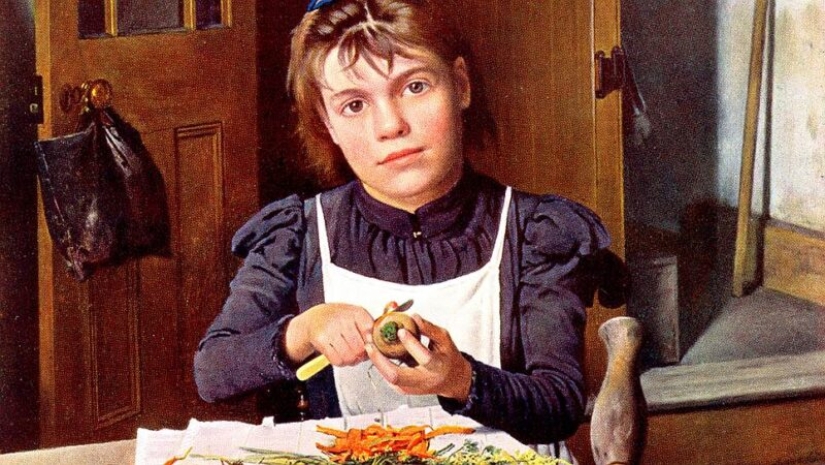
The popular "Hygiene Textbook by George Henry Roe", published in London in 1890, claimed that sweets, pies, jam and pickles are categorically contraindicated for children. It's hard to argue with this, but do not rush to praise the author. This list, unexpectedly, includes nuts and, attention, all fruits.
No, we were not mistaken – parents are recommended to make sure that the kids do not eat apricots, peaches, plums, raisins and cherries with cherries. But what does Sir George Roe offer as a full-fledged healthy diet? It's simple – oatmeal and pearl barley, bread and boiled potatoes were included in a small list of products useful for children.
Children of the Victorian era are not to be envied. Among other things, an authoritative expert argued that food should not be consumed either hot or cold. Everything that is given to the child should be slightly warm. Snacks in those harsh times were not welcome, but parents were allowed to give their child, as an exception, a piece of dry bread.
One of the most important pillars of child and adolescent nutrition in the Victorian era was the ban on everything green. Lydia Maria Childs, in her 1831 handbook "The Book of Mothers", states that when a child's teeth erupt, it is strictly forbidden to give him green food and drinks.
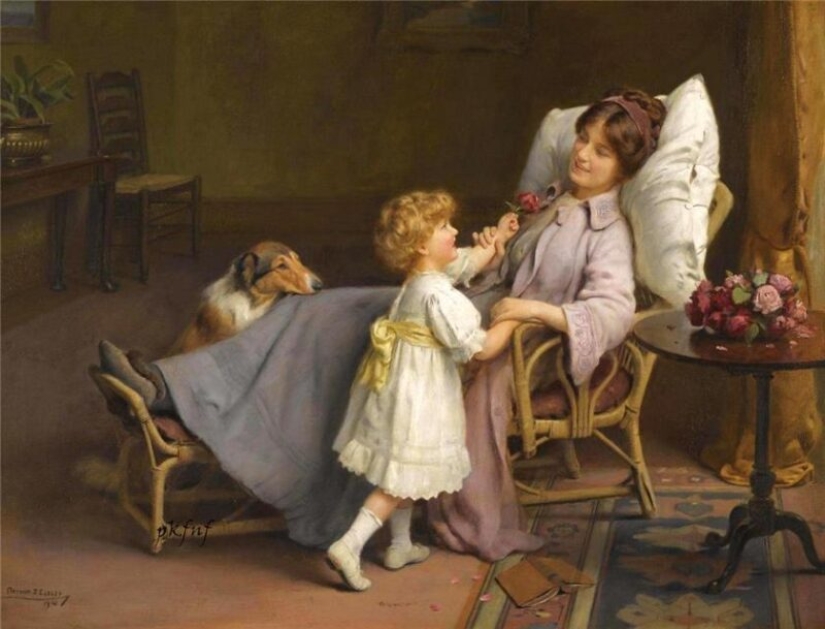
Another expert named Pye Henry Chavasse claims that children should not be given anything "containing green and yellow pigments" at all. Even green tea was banned! Chavasse assured that green tea makes people nervous and this is especially dangerous for the fragile young psyche. Now we know that green tea contains a lot of caffeine, which has an exciting property, so there is some truth in the words of the scientist, but he was exaggerating too much.
If you look at it, the advice to avoid everything green in baby food, although it looks stupid, but in the 19th century it made some sense. Avoiding green meant not only removing cucumbers and spinach from the diet, but also eliminating food artificially colored in green and its shades.
It is well known that in the 18th and 19th centuries, arsenic was often used to obtain a beautiful green color. This toxic substance could stain anything from wallpaper and ball gowns to the petals of artificial flowers. If it is not customary for adults to pull everything into their mouths, then children have always had problems with this at all times. The ban on green in food could well be aimed at developing a cautious attitude towards bright green objects containing poison.
On the one hand, the younger generation of Britons tried to protect themselves from the harmful effects of arsenic, and on the other hand, they prescribed no less dangerous poisons in the form of medicines. Quite an innocent remedy was considered a "soothing syrup" for babies who have teething. The effect of this remedy was obvious, since it was based on alcohol at best, and at worst – the most real drugs from the group of opiates.
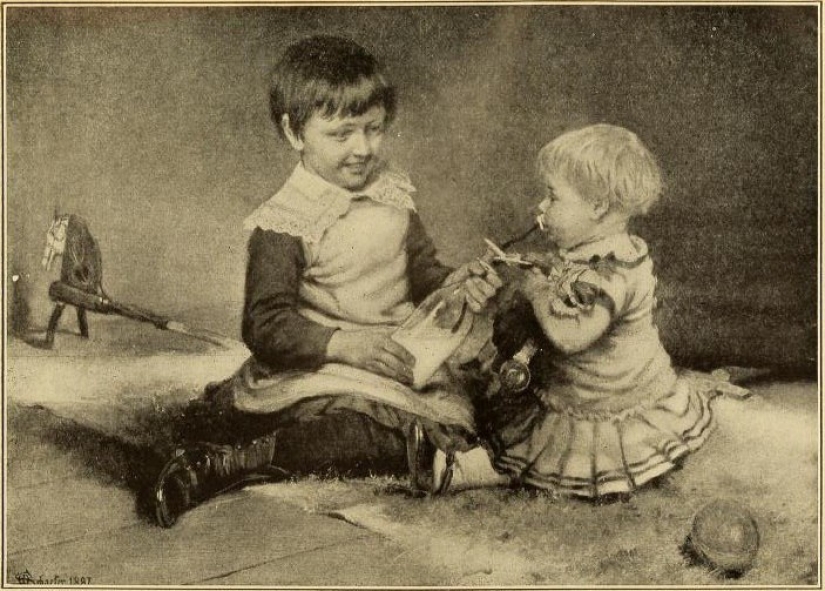
It also happened that both were found in one drug. An example of such a children's drug can be considered very popular in the second half of the 19th century, "Mrs. Winslow's Syrup", which consisted of only two components – alcohol and morphine.
The creator of the syrup promised that it would not only rest the child, but also stop diarrhea. This was a very popular tool among parents, as evidenced by the volume of its sales. In the Kingdom and its colonies, half a million bottles of the miraculous Winslow syrup were sold per year.
Mercury was a very popular ingredient of medicines for external and internal use in the 19th century. In the collection "Home Book of Health and Medicine" of 1834, a certain Dr. William Horner suggested using mercury for dozens of different ailments.

We must pay tribute to this man, he tirelessly warned readers to be as careful as possible with the insidious metal and not exceed the dosage. At the same time, Horner without the slightest doubt advised using an ointment made of mercury to remove freckles in children.
The most popular painkiller of the Victorian era, including prescribed to children, was opium. It was sold without a prescription in any pharmacy and parents did not hesitate to use it to bring down a child's high temperature or calm a screaming baby.
Branded medicines were also produced on the basis of opium. One of the most famous is the "Elixir of opium by Dr. McMann". It was prescribed to both adults and children to eliminate "pain and irritation, nervous excitement and various painful conditions of the body and mind." In general, it is almost a panacea.
These days, many parents can't get their children to read, but in the Victorian era, everything was completely different. In books on pedagogy, parents were strongly recommended to limit their offspring in reading books. Scientists of that time seriously believed that literature could negatively affect the immature brain of a child.
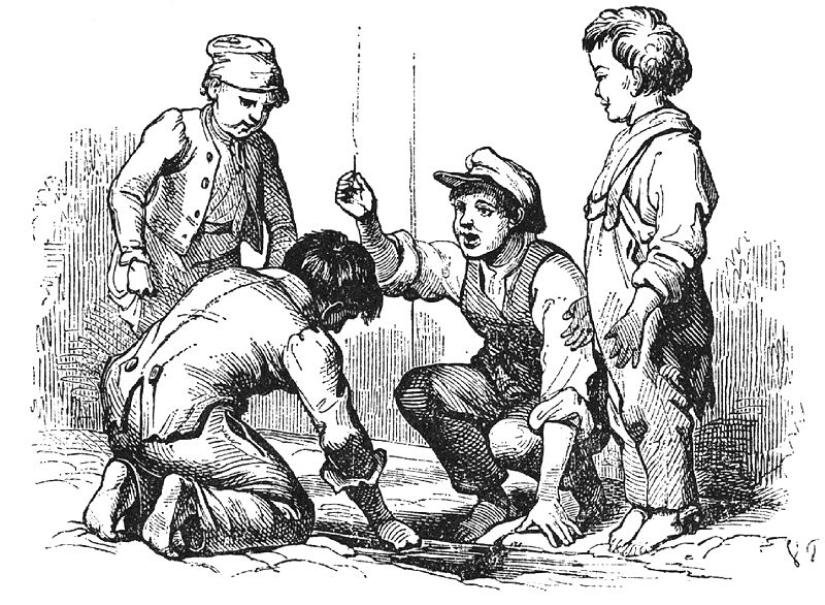
The teacher William Jones in his scientific work "Letters of a mentor to his students" stated that everything should be withdrawn from the younger generation, except textbooks. In his opinion, fiction is "the root of the weakness of the human mind." Girls were not advised to read romantic books, as they could create an inexperienced person a wrong idea about the world and people around them.
But if reading was contraindicated for children, then what could they do useful and interesting? On this topic, the authors of books with tips had a lot of recommendations. For example, in one of the reference books for parents, it was proposed to give boys a pile of land so that they could make "mud pies".
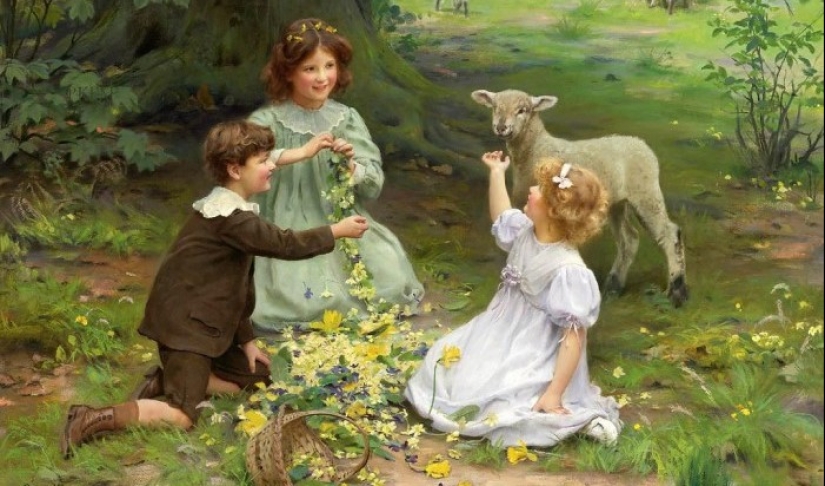
It was believed that when buying toys, adults spoil children, so it was best to make them with their own hands. Lydia Maria Childs, who has already been mentioned, advises girls to cut dolls out of paper or make them out of papier-mache. In principle, this is not the worst advice from the point of view of developing a child's creative thoughts and skills of working with their own hands.
Where they talk about raising children, sooner or later punishments will also be mentioned. The overwhelming number of authors of the Victorian era welcome corporal executions and, judging by the arguments on this topic, they know a lot about them. In the book of 1884, "A few tips for mothers on how to behave with children," it was said that it was not necessary to follow the fashion and that, as before, the best punishment for children is the flagellation of thin, soft, old leather or house slippers.
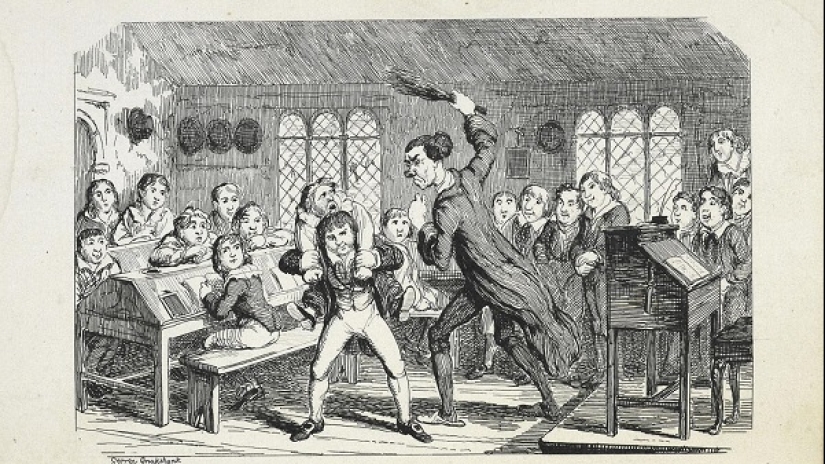
At the same time, the author makes a reservation that in the process of punishment it is necessary to make sure that the blows do not fall on the face or on the ears of the child. But Orson Squire Fowler, in his work "Self-Culture and Character Perfection: Including Youth Management," notes that spanking is non-pedagogical and authoritatively advises parents to douse children with ice water or immerse them in a cold bath. Thus, Fowler believed, it is possible to reason with the most unruly minx.
Now you understand that the educational moments applied to you by your parents at the time were quite humane. You probably were not fed opiates and mercury, did not take away fruit and did not throw a little cold water.
Keywords: Health and medicine | Britain | History | Children | Advice | Education | The victorian era | Drugs
Post News ArticleRecent articles

If we talk about multi-faceted talented individuals, then we can safely cite Pavel Vlasov as an example. Although this name won't ...

In the estates of landlords under serfdom, servants of various profiles lived and worked. It was believed that the more servants a ...
Related articles

Our ancestors often cited as an example of how innocent and chaste people who have no sense of depravity and sin. But in fact, they ...

The cycle of color photographs captured in the distant 1911. Where one hundred years ago, took a color? How was it done? Indeed, ...

It's amazing how mankind has progressed over the last century, decades or even years. Science is advancing faster than ever, new ...

New York-based photographer Ryan McGinley is known for his unusual, heart-wrenching projects. His series "Kiss and Make ...